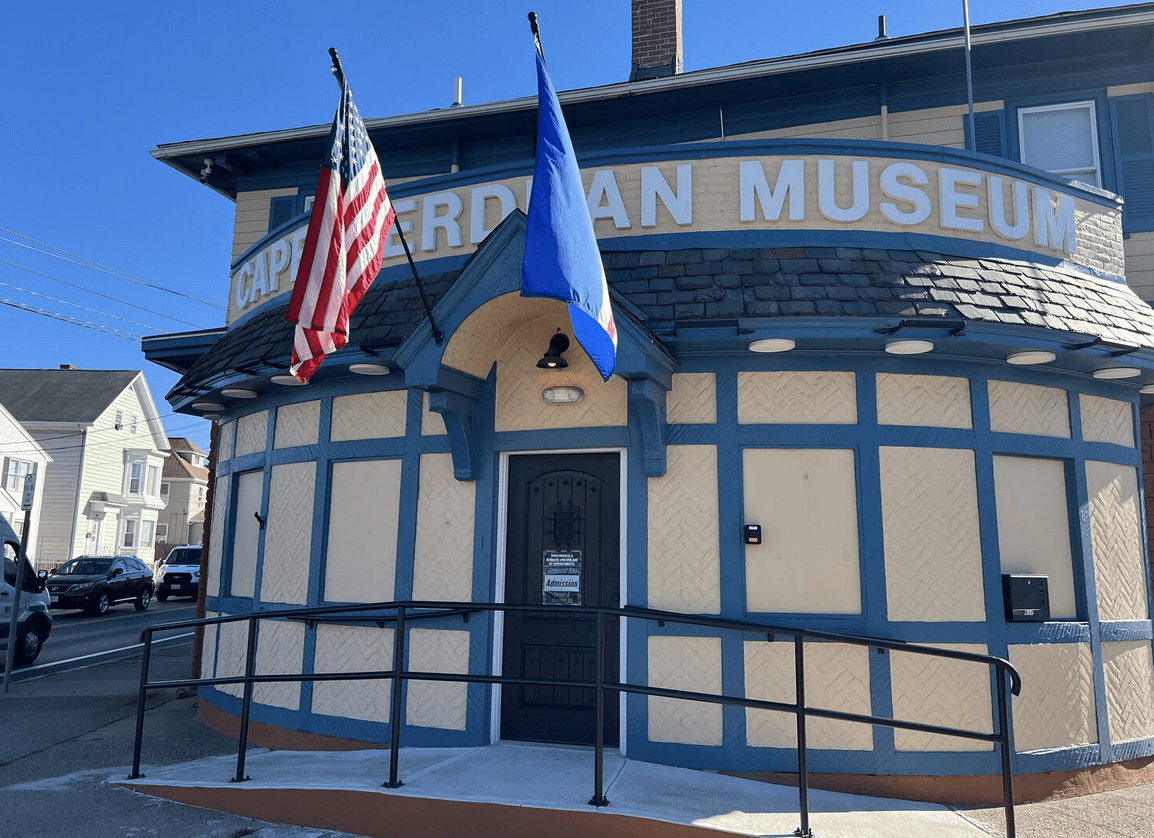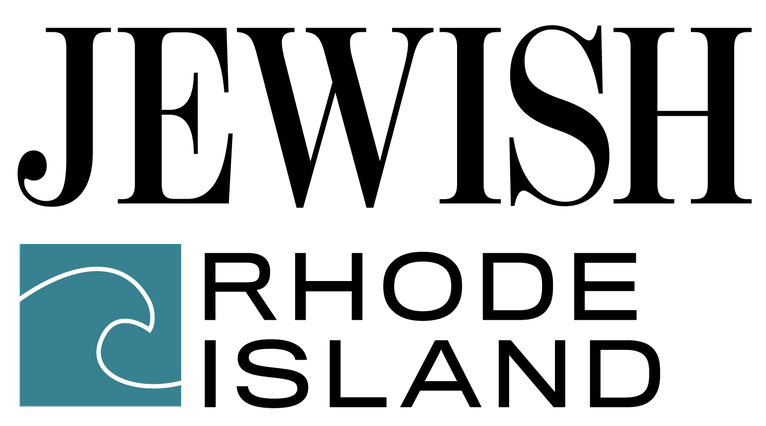Search Posts
Recent Posts
- Real Estate in RI: Seaside waterfront communities are all the rage. Who’s buying – Emilio DiSpirito June 6, 2025
- Outdoors in RI: 2A votes, Charter Yachts, active summer programs, garden tours, aquatic weeds… June 6, 2025
- All About Home Care, with two Rhode Island locations, closing after 22 years in business June 6, 2025
- GriefSPEAK: Angel wings with footprints – Mari Nardolillo Dias June 6, 2025
- Rhode Island Weather for June 6, 2025 – Jack Donnelly June 6, 2025
Categories
Subscribe!
Thanks for subscribing! Please check your email for further instructions.

Cape Verdean Museum highlights Jewish heritage on the island – Jewish Rhode Island
by Robert Isenberg, Jewish Rhode Island
At first, you may wonder: Why is there a Jewish-themed exhibit in the Cape Verdean Museum? Where did these folded talitot come from? What is the story behind this printed Haggadah, from a Jewish-Cape Verdean seder in 2012? Can there really be an entire book called “The Jews of Cape Verde: A Brief History� How did Jewish people even come to this constellation of islands, some 350 miles off the West African coast, and how come most people – Jewish and Cape Verdean – have no idea this population existed?
“There are Jewish cemeteries on almost all the islands,†says Yvonne Smart, 87, education director of the Cape Verdean Museum. “We always knew there were Jewish people in our history. There’s always been fraternity between the two groups.â€
About six months ago, the Cape Verdean Museum in Pawtucket installed a permanent exhibit on Jewish heritage. The display is modest, but the honor is great. Established in 2006 in East Providence, this institution was the world’s first museum dedicated to Cape Verdean culture. When the organization purchased a large building in Pawtucket and opened its doors in 2023, Cape Verde’s president, José Maria Pereira Neves, attended the dedication. An astonishing range of documents and artifacts deck the many walls, and the museum’s Hall of Fame celebrates a spectrum of leaders and artists. The museum regularly hosts cultural events and offers language classes in Kriolu, or Cape Verdean Creole.
The Jewish migration to Cape Verde dates back to the 16th century, when Sephardic Jews fled the Inquisition in Spain and Portugal. The Cape Verdean islands were much closer to the Iberian peninsula than the Americas and, as a Portuguese colony, the language and culture of Cape Verde was familiar to many Sephardic refugees. A second wave of Jewish migrants arrived from Morocco in the 1840s, this time following a wave of European industrial importation into northern Moroccan ports. Although some Moroccan Jews prospered, for others, in the interior, it drove traditional Jewish crafts out of the market. Many found a new home in Cape Verde.
While Cape Verdeans may know that Jewish residents existed, the details are hazy, partly because the islands’ history has often been suppressed or ignored by the rest of the world. People from the islands were usually registered as “Black Portuguese†under colonial law, erasing non-European identities. Cape Verdeans were famous as mariners, especially on whaling vessels of the 19th century, but this reputation isn’t well known among landlubbers. About 500,000 people with Cape Verdean ancestry live in Southern New England, and places like Dorchester and New Bedford are considered bastions of the diaspora. Yet outsiders tend to confuse the community with other ethnic groups, and Cape Verdean culture is not well known to mainstream Americans.
This is starting to change, however. When the nation won independence in 1975, many Cape Verdeans started to explore – and assert – their identities.
“We’ve always had other people tell our stories for us,†says Smart, a former librarian at Fox Point Library and a longtime Civil Rights activist. Smart grew up with her Cape Verdean grandparents in Rhode Island and is fluent in Kriolu. “This museum is an opportunity for us to tell our own story in our own words.â€
Another champion of the Jewish exhibit is Dr. Isadore Ramos, 87, former mayor of East Providence. Ramos visits Cape Verde every year and has learned conversational Kriolu. Not long ago, he found a cemetery there with headstones inscribed in Hebrew and with Stars of David, sparking fresh curiosity. To Ramos, the museum motivates Cape Verdeans of all backgrounds to learn their family histories.
“We never had anything like this,†says Ramos. “When people see this museum, they suddenly want to keep their documents in a safe place.â€
Indeed, the exhibit’s curator is Carlos Spinola, a Pawtucket resident who confirmed his Jewish heritage after a period of intense research and converted to Judaism in 2016, under the mentorship of Temple Emanu-El’s then senior rabbi, Wayne Franklin. The museum’s display includes Spinola’s own Hebrew name certificate. The exhibit also received guidance and materials from Carol Castiel, a journalist and consultant based in Washington, D.C., who founded the Cape Verde Jewish Heritage Project in 2007.
“I hope people come away from the museum with a better understanding of Cape Verdean people,†says Smart. “In the fight for freedom, Jews were always marching with people of color. Now, we’ve got to bring all our people together.â€
She adds: “We may have come in different boats, but we’re all in the same boat now.â€
The Cape Verdean Museum is at 617 Prospect St. It is open on Friday and Sunday from 1-5 p.m. To learn more, visit capeverdeanmuseum.org
ROBERT ISENBERG is a freelance writer and multimedia producer based in Cranston. His latest book is “Mile Markers: Essays on Cycling.â€

